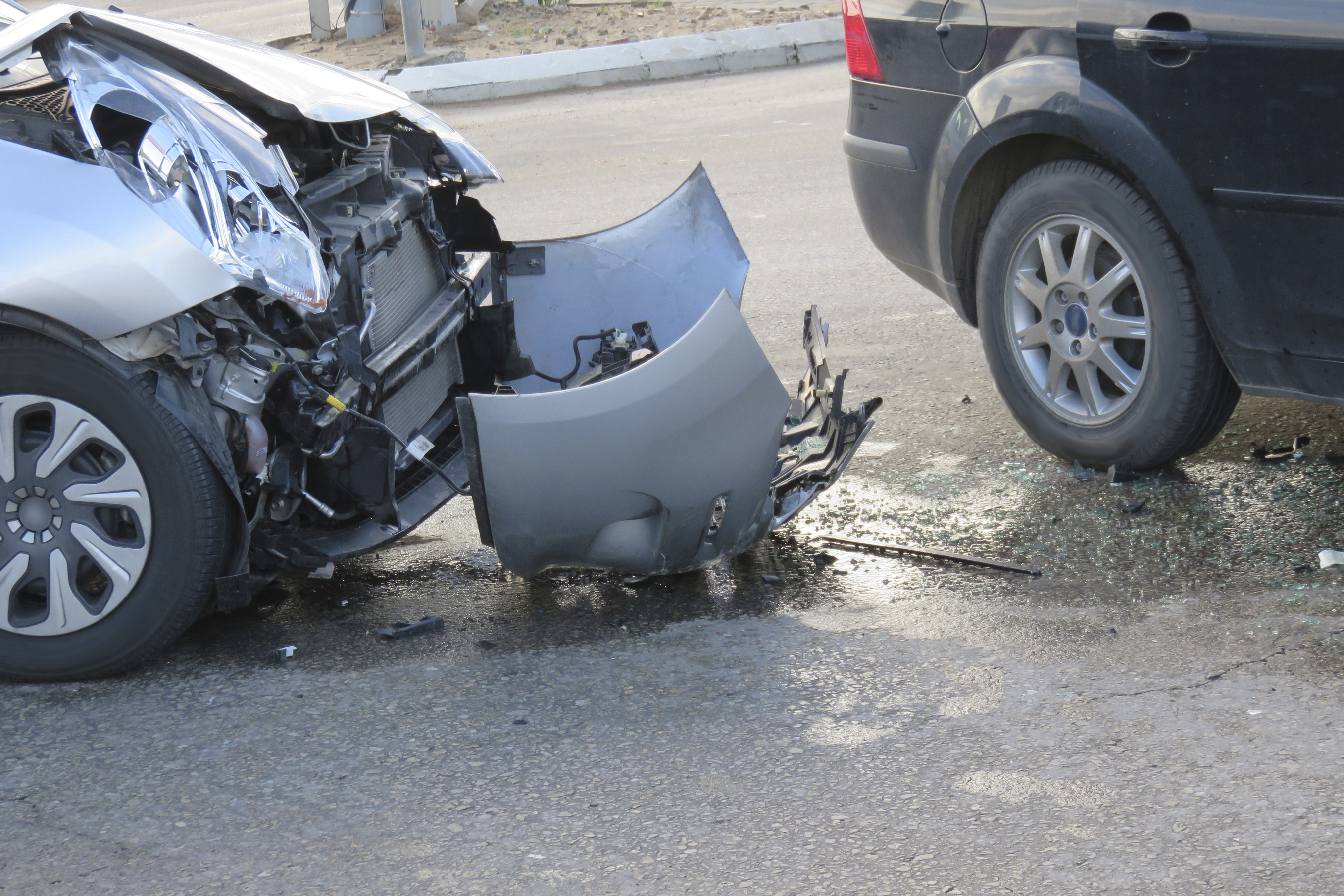Texas Supreme Court Issues Opinion Curtailing Gross Negligence Claims

Texas (May 17, 2019) — On April 26, 2019, the Texas Supreme Court issued an opinion that should greatly curtail the ability of plaintiffs to sustain gross negligence claims in transportation cases by reinforcing the extremely high burden plaintiffs must meet to establish gross negligence. The court held that acts of negligence in “garden variety” auto accidents, such as failure to drive at a safe speed or exercise proper lookout, do not rise to the level of “extreme” conduct sufficient to constitute gross negligence.
In Medina v. Zuniga, the Texas Supreme Court overturned the Court of Appeals’ affirmation of a jury’s finding that the defendant, a high school student, was grossly negligent when he collided with a pedestrian crossing the driveway of the school. On the date of the accident, a Sunday, Medina drove to his high school to feed livestock in conjunction with his school’s agricultural program, a common occurrence on weekends. On the same day, Zuniga drove her daughter to the high school for the same purpose. While Zuniga waited for her daughter, she went for a jog in the area. After Medina entered the parking lot, he stopped to talk with two other students through the passenger window of his car, thereby blocking traffic in the parking lot. Another vehicle entered behind Medina and honked at him. Medina recognized the other driver, and initially put his vehicle in reverse to “mess” with the other driver before pulling forward. Medina then proceeded through the horseshoe-shaped drive before it ended up back onto the same public street.
Expert testimony established that Medina reached a top speed of 24 mph in the parking lot (no posted speed limit), and to achieve that speed in such a short distance he must have pressed the accelerator almost to the floor. Medina decreased his speed to 19 mph as he approached the exit (no stop sign present), and prepared to turn right onto the street. Medina testified that he looked left before exiting the parking lot, but conceded that he did not look to his right. Zuniga was on the sidewalk approaching the parking lot exit at the time Medina attempted his right turn. Medina saw Zuniga only moments before impact, and photographs taken after the accident showed the right-rear wheel of Medina’s vehicle came to rest on the border between the sidewalk and the driveway. Zuniga’s expert testified that Medina likely drove on the sidewalk as he turned out of the parking lot.
In evaluating the jury’s gross negligence finding, the court opined, “[v]iewing the evidence in favor of the jury's verdict, no doubt exists that Medina's driving was thoughtless, careless, and risky. But any driver knows that our roads are replete with thoughtless, careless, and risky drivers. Gross negligence can be supported only by an extreme degree of risk, not ‘a remote possibility of injury or even a high probability of minor harm, but rather the likelihood of serious injury to the plaintiff.’”
“Any of Medina's negligent acts here are common ingredients in a garden-variety car accident, whether involving a pedestrian or another vehicle. Doubtless, the failure to drive at a safe speed and the failure to look both ways before exiting a parking lot makes an accident more likely. But those failures, even taken together, do not amount to gross negligence. If they did, punitive damages would be routinely available in the most common types of auto accidents. Whatever the threshold for gross negligence is, it must be higher than that.”
While the court’s analysis is consistent with the arguments routinely made to dispose of gross negligence claims, the emphasis and facts of this holding are significant. Indeed, the court’s emphasis on the extreme nature of gross negligence will facilitate dismissal of unfounded gross negligence claims. Particularly useful in this holding is the evidence of the driver’s immaturity and thoughtless driving. In other words, simply being a careless driver is not gross negligence. As stated by the court, if the events in Medina show gross negligence, “punitive damages would be routinely available in the most common types of auto accidents. Whatever the threshold for gross negligence is, it must be higher than that.”
Separately, but equally important, the court strongly emphasized that the alleged grossly negligent behavior must occur at the time of the accident. The temporal aspect of the gross negligence question is quite specific and limited to the actual accident. For example, evidence that Medina drove erratically and carelessly prior to the incident was irrelevant to the accident at issue. A plaintiff must show why an act or omission was specifically extremely dangerous that day, and how the defendant contemplated and ignored that substantial risk of harm based on the circumstances at that moment of that day.
Authors:
Robert A. Ewert, Partner
Alejandro Caraveo Jr., Partner
